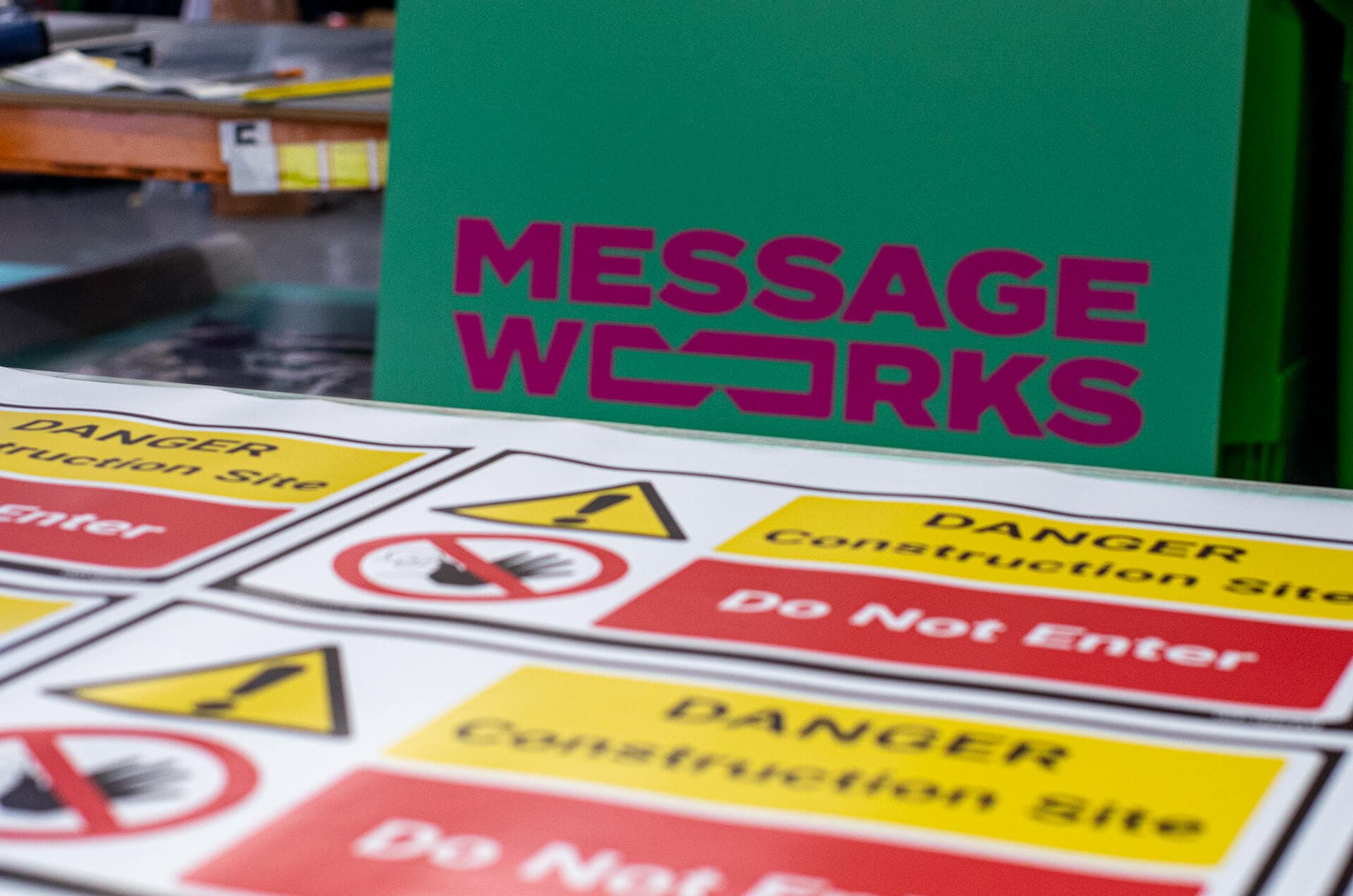
A guide to Irish Safety, Health and Welfare at Work Regulations
Are you based in Ireland and looking to better understand your health and safety responsibilities?
Employer responsibilities
As an employer you have a duty of care to all staff, from having the right number of toilets to providing drinking water. From a safety perspective, you’ll want to consider:
- Safe equipment and training
- Is all machinery safe to use, and do employees have adequate , to whether all materials are handled and stored correctly?
- Employers are also responsible for providing and maintaining personal protective equipment (PPE), such as boots or eye protection.
- Health and safety information
- This includes identifying potential hazards and telling employees about them in a way they understand. It also includes providing information, instructions, training, and supervision on how to work safely and without risks to health.
- Emergency procedures
- This includes telling employees how to get first aid treatment and what to do in an emergency.
- Risk assessment
- Conduct a thorough risk assessment to identify appropriate safety measures
- Regular checks and ongoing maintenance
- Ensuring safety measures are regularly inspected, maintained, and replaced as necessary.
- Complying with health and safety regulations
- This includes producing a health and safety policy and carrying out risk assessments.
Overview of Irish health and safety regulations
The Safety, Health and Welfare at Work (General Application) Regulations 2007 provide a legal framework for workplace health and safety.
Specifically, Chapter 1 of Part 7 establishes the standards for safety signage. It clarifies all types of safety signs, from prohibition to warning, etc. as well as providing guidelines on what to avoid when designing a sign.
By understanding and implementing the requirements for safety signs, employers can significantly reduce the risk of accidents and ensure the health and safety of their employees.
Best practice for safety signs in working environments and public areas
Some things to keep in mind are:
Check hazards
Regular risk assessments are indispensable for occupational safety. They are used to check which hazards are associated with a certain activity in the company. Therefore, consistently check where hazards arise in the company and limit them to a minimum with the help of safety signs.
Consider location
Signs should be installed in well-lit, clearly visible places, and at an appropriate height. Ideally, you want signs to be in the line of sight/at eye level for the average person (around 6 feet). They should also be in close proximity to the hazards they indicate.
You’ll also need to relocate safety signs from time to time to prevent employees can become so familiar with the safety signs that they develop what’s called “sign blindness.”
Avoid clustering
Too many signs in one place can be too overwhelming. Keep things simple by distributing signs sensibly within an area and avoiding clusters of signs.
Schedule ongoing training
Remember that safety signs only work if they are understood by everyone therefore regular training is key so all employees remain familiar with safety signs, their symbols and meanings.
Maintain signage
Signs must be in good condition, so should be regularly cleaned and maintained, and checked to ensure they are legible and effective.
Carefully review any incidents
Sadly some incidents may still occur. It’s vital that these are closely investigated so that learnings can be applied and any existing approaches adapted. This helps to reduce the risk of safety critical incidents happening again in future.
Why Message Works?
Say you’re looking for prohibitory signs in Ireland, why choose Message Works? Well, we have years of experience and a wealth of knowledge around safety signage, so you’re in safe hands.
And, not only do we offer a wide variety and range of signage solutions, we’ve also developed an online sign builder which allows you to design a bespoke sign with a custom layout that meets your specific requirements. Plus, it’s worry-free. All symbols are standardised to ensure compliance.
You’ll get added peace of mind as our signs are manufactured from high-quality, durable materials suitable for various environments, ensuring longevity and compliance. In fact, you can even choose which material is best for you!
Then, once you’ve created your custom sign, it goes straight to production. Each sign is handcrafted in our workshop, with meticulous attention to detail.
Along the way, we’ll be on hand to provide comprehensive support on all aspects, whether it’s during the design stage or queries around ongoing sign maintenance.